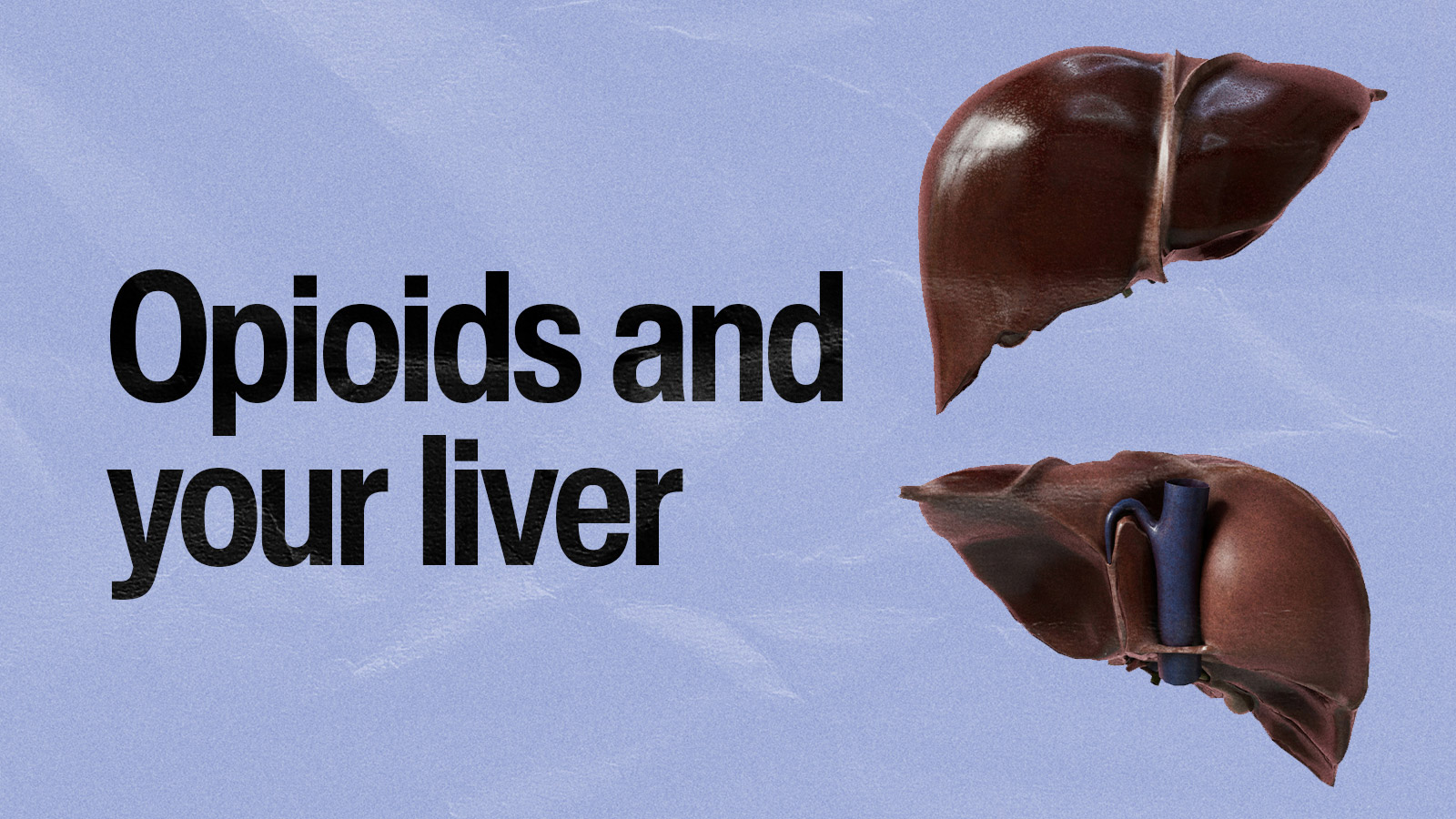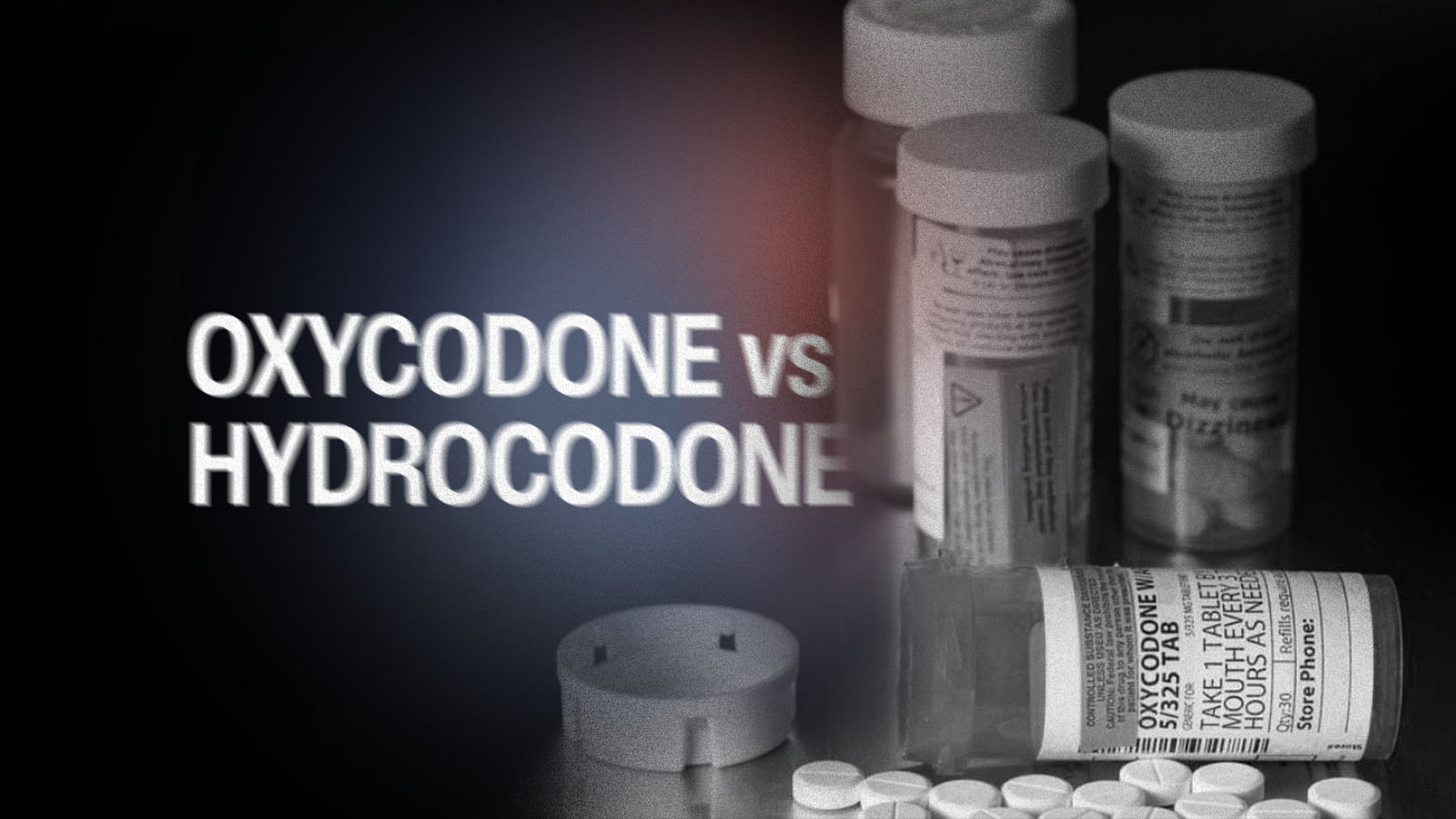Opioids don’t typically harm the liver directly, but certain patterns of use and co-occurring conditions can put the liver under strain.If you or a loved one is dealing with an opioid use disorder (OUD), it’s important to know how these substances can affect the liver and what can be done to reduce risks. While the risks are real, it’s important to know that there are effective treatments and steps you can take to support your liver health during treatment.
Are opioids bad for the liver?
Many people ask this question, but the answer isn’t straightforward. While opioids aren’t as directly harmful to the liver as alcohol, they do impact liver function in several ways. The liver is the body’s filtration system, which means it processes everything you consume, including food, beverages, and drugs.
Processing toxins, including opioids, adds further stress to the liver, which can impact the liver’s health. Plus, some commonly prescribed prescription opioid pills contain acetaminophen (Tylenol®), which can cause serious liver damage when used in large amounts or when taken with alcohol¹.
The liver removes harmful substances from your blood. When opioids enter your body, your liver immediately starts working to break them down to remove them. This is a normal process. However, taking opioids frequently, in high doses, or in combination with other substances can overwork the liver and increase the risk of liver injury.
Over time, factors related to long-term opioid use can contribute to liver strain and change how the liver normally works. Besides processing medications, the liver has several important jobs, like making proteins and controlling blood sugar. Liver impairment can be particularly dangerous for people with diabetes.
The risk of liver damage increases when using street drugs, since they often contain unknown toxins. These chemicals are even more dangerous than the opioids themselves, potentially causing sudden liver failure.
How does Hepatitis C factor into opioid liver damage?
Hepatitis C is an infection from the hepatitis C virus which can cause liver damage. The virus is transmitted from infected blood or bodily fluids. The estimated hepatitis C prevalence among persons with opioid use disorder ranges from 30% to 70% ²; if users are injecting opioids, they can be at greater risk, likely due to the prominence of needle sharing³.
A challenge with Hepatitis C, is that it does not have symptoms at first so can go unnoticed for years, even as it damages the liver. Without treatment, this can lead to scarring or cirrhosis, which means the liver becomes permanently damaged. This also increases the risk of liver cancer.
While this is serious, the news isn’t fully doom and gloom. Hepatitis C can be cured in more than 95% of cases with just 8–12 weeks of well-tolerated oral-only treatment with direct-acting antiviral medications⁴. Treatment are effective even for people still actively using substances⁵.
That’s why individuals who use opioids, especially if they’re taking opioids intravenously, should be tested for hepatitis C. Early detection can prevent serious complications down the line.
In what other ways do opioids cause liver damage?
Well, that answer depends on several factors. The way opioids affect liver health depends on how they are used and what they are used with. For example, some prescription pain medications combine an opioid with acetaminophen (Tylenol®). Taking high doses of acetaminophen, especially with alcohol, can cause serious liver injury.
There are other variables such as contaminants in illicit drugs, hepatitis C from injection use, and overdose-related oxygen loss, which can all contribute to liver injury. Additional individual health characteristics like alcohol intake, pre-existing liver conditions put people at further risk.
Overdose can also harm the liver by reducing oxygen to the tissues which can temporarily or sometimes permanently affect liver function. Cirrhosis can lead to complications such as fluid buildup in the abdomen or bleeding in the esophagus, and it also increases the risk of liver cancer.
Additionally, some people with untreated OUD may experience challenges like irregular eating, dehydration, or reduced access to medical care. These factors don’t directly cause fatty liver disease, but they can make existing liver conditions harder to manage or detect.
Research has shown that elevated liver enzymes—often a sign of inflammation—can occur in people with OUD7, even if they don’t have a previous history of liver problems8. While inflammation doesn’t always lead to severe liver disease,it is a reason to monitor liver health and treat any underlying conditions, such as hepatitis C.
What are the dangers of polysubstance use?
Many people ask, “How do opioids cause liver damage?” but it often isn’t just opioids causing the problem. Many individuals are polysubstance users, with alcohol as the substance most commonly used in addition to opioids. One study found that 38% of people seeking treatment for OUD also had an alcohol use disorder9. Heavy alcohol use can be devastating for liver health.
Alcohol directly harms liver cells, leading to scarring. Over time, this can progress to cirrhosis and liver failure. Opioids themselves do not typically damage the liver, but using opioids and alcohol together can create additional risks. Alcohol-related liver disease reduces the liver’s ability to safely process medications, including opioids.
How do OUD treatments impact liver health?
Suboxone®
Suboxone (important safety information), a combination of buprenorphine and naloxone, is a key treatment for opioid addiction. Buprenorphine is generally considered safe for the liver, though people with existing liver disease may need closer monitoring. The naloxone component has minimal effects on the liver when Suboxone is taken as prescribed.
When people stop using street drugs and start taking better care of themselves, their liver function often improves naturally. This means that patients should take regular blood tests to check liver function when they first start taking Suboxone. These are simple tests that measure liver enzymes and other signs of liver health. Most people can continue treatment safely even with mild increases in liver enzymes, though closer monitoring might be needed.
Other treatment options
Liver health is a significant consideration when choosing an OUD treatment. One of the reasons many healthcare providers suggest Suboxone is that it doesn’t stress this organ. It can be prescribed in a few doctor’s visits as part of a medication-assisted treatment (MAT). Now, compare it to methadone, which still requires daily clinic visits and significant monitoring.
The stability that comes with MAT often leads to better overall health, including liver health. People in stable recovery are more likely to keep up with regular medical care, get treatment for hepatitis C if necessary, and reduce the risks of illicit drug use that strain the liver, such as contaminants in illicit drugs, periods of overdose-related oxygen loss, or infections from injections.
While counseling is valuable, research strongly supports medication-assisted treatment as the most effective approach for opioid treatment10, and Suboxone is generally safe for the liver.
Protecting your liver during treatment
Maintaining a healthy lifestyle is crucial during any opioid treatment program, but there are additional steps to take when liver health is a concern:
- Avoid alcohol: Even small amounts can be harmful to a liver that’s already stressed. If you drink, talk to your care team about options and support.
- Keep medical appointments: Regular blood tests and health screenings can detect liver problems early, and when they’re easiest to treat.
- Test for hepatitis B & C: These infections are common and often have no symptoms. Hepatitis C is now curable, and treating it can prevent future liver damage.
- Stay active and eat healthy foods: Exercise, fruits, vegetables, lean proteins, and whole grains are generally important for overall health.
- Avoid unnecessary medications: Many over-the-counter drugs and supplements can damage your liver, so run them by your doctor before taking.
How do you move forward with OUD treatment?
Getting connected to treatment can reduce liver-related risks and support long-term health.
The key is working with healthcare providers who understand both addiction and liver health. Your Ophelia care team gets to know your unique health needs to create a personalized treatment plan. Our clinicians come from a wide range of backgrounds that inform their approaches to care. You’ll have access to triage nurses who can answer questions by phone or text outside your appointment schedule.
Schedule a consultation to find out if Ophelia is right for you.
Sources
- LeWine, H. (3 April 2024). Acetaminophen safety: Be cautious but not afraid. Harvard Medical School. Retrieved on June 18, 2025, from https://www.health.harvard.edu/pain/acetaminophen-safety-be-cautious-but-not-afraid
- Talal, A., Marianthi, M., et al. (22 December 2021). Patient-centered HCV care via telemedicine for individuals on medication for opioid use disorder: Telemedicine for Evaluation, Adherence and Medication for Hepatitis C (TEAM-C). Contemporary Clinical Trials. Retrieved on June 18, 2025, from https://www.sciencedirect.com/science/article/pii/S1551714421003682
- Artenie, A., Stone, J., et al. (10 May 2023). Incidence of HIV and hepatitis C virus among people who inject drugs, and associations with age and sex or gender: a global systematic review and meta-analysis. The Lancet Gastroenterology & Hepatology. Retrieved on June 18, 2025, from https://www.sciencedirect.com/science/article/pii/S2468125323000183
- (31 January 2025). Clinical Care of Hepatitis C. Centers for Disease Control and Prevention. Retrieved on June 18, 2025, from https://www.cdc.gov/hepatitis-c/hcp/clinical-care/index.html
- Corcorran, M. and Spach, D. (25 January 2024). Treatment of HCV in Persons with Substance Use. Hepatitis C Online. Retrieved on June 18, 2025, from https://www.hepatitisc.uw.edu/go/key-populations-situations/treatment-substance-use/core-concept/all
- Thornton, W., Abraitis, J. (29 December 1975). Liver Function and Illicit Opioid Use. Journal of the American Medical Association. Retrieved on June 24, 2025, from https://jamanetwork.com/journals/jama/article-abstract/342834
- Petry, N., Bickel, W., et al. (2000). Elevated liver enzyme levels in opioid-dependent patients with hepatitis treated with buprenorphine. The American Journal on Addictions. Retrieved on June 24, 2025, from https://pubmed.ncbi.nlm.nih.gov/11000922/
- Dolkar, T., Hamad, A., et al. (29 March 2022). Cocaine and Opioid-Induced Acute Liver Injury: A Rare Case Report. Cureus Journal of Medical Science. Retrieved on June 24, 2025, from https://www.cureus.com/articles/87210-cocaine-and-opioid-induced-acute-liver-injury-a-rare-case-report#!/
- Witkiewitz, K. and Vowles, K. (6 February 2018). Alcohol and Opioid Use, Co-Use, and Chronic Pain in the Context of the Opioid Epidemic: A Critical Review. Alcoholism: Clinical & Experimental Research. Retrieved on June 24, 2025, from https://pmc.ncbi.nlm.nih.gov/articles/PMC5832605/
- McKay, C. (30 August 2017). Medication-Assisted Treatment for Opioid Use Disorder. The National Center for Biotechnology Information. Retrieved on June 18, 2025, from https://pmc.ncbi.nlm.nih.gov/articles/PMC8389722/





